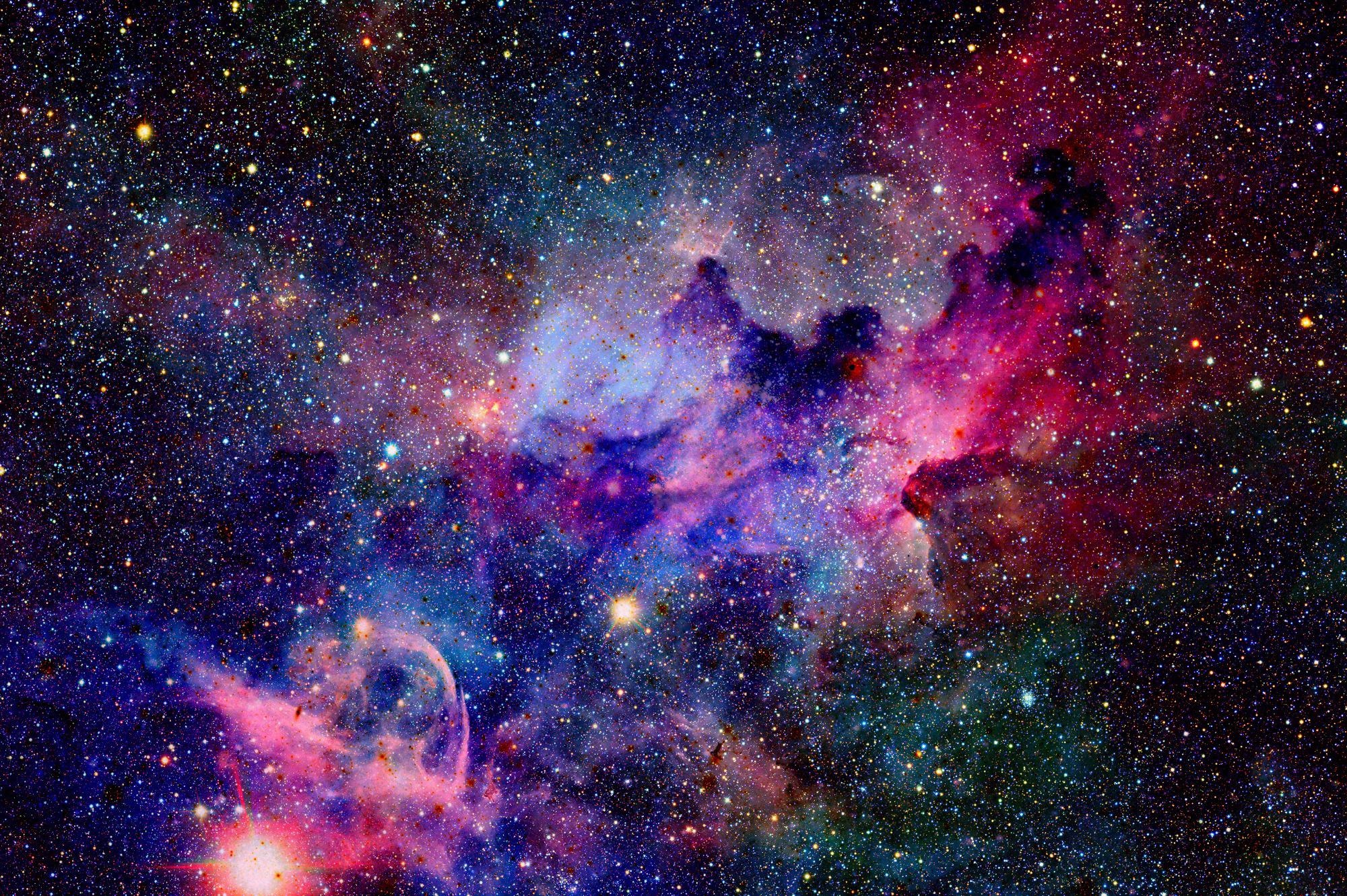Apr 16 2021
Nearly 50 years ago, producers of the Star Wars had envisaged Tatooine—a life-sustaining planet—orbiting two stars.

Image Credit: NASA images/shutterstock.com
Now, after 44 years, researchers have come across new evidence that shows that five familiar systems containing numerous stars, that is, Kepler-34, -35, -38, -64, and -413, are potential candidates for sustaining life.
A recently designed mathematical framework has now enabled scientists from New York University Abu Dhabi and the University of Washington to demonstrate that such known systems—from 2764 to 5933 light-years from the planet Earth, in the constellations Cygnus and Lyra—sustain a permanent 'Habitable Zone,' an area around stars where liquid water could remain on the surface of any yet-to-be-discovered Earth-like planets.
Among these systems, Kepler-64 has a minimum of four stars that orbit each other at its core, whereas the others have a pair of stars. All these systems have at least a single massive planet that resembles the size of Neptune or greater.
Published in the Frontiers in Astronomy and Space Sciences, this study is a proof-of-principle that the existence of enormous planets in binary systems does not impede the presence of possible life-sustaining worlds.
Life is far most likely to evolve on planets located within their system's Habitable Zone, just like Earth. Here we investigate whether a Habitable Zone exists within nine known systems with two or more stars orbited by giant planets. We show for the first time that Kepler-34, -35, -64, -413 and especially Kepler-38 are suitable for hosting Earth-like worlds with oceans.
Dr Nikolaos Georgakarakos, Study Corresponding Author and Research Associate, Division of Science, New York University Abu Dhabi
The scientific agreement is that most of the stars host planets. Since 1992, exoplanets have been identified at an expedited rate: to date, 4375 have been confirmed of which 2662 were initially identified by NASA’s Kepler space telescope during its mission in 2009-2018 to explore the Milky Way.
While NASA’s TESS telescope and missions from other organizations have discovered additional exoplanets, the European Space Agency is set to launch its PLATO spacecraft by 2026 to look for more exoplanets.
12 of the exoplanets identified by the Kepler space telescope are 'circumbinary,' that is, revolving a proximal pair of stars. Binary systems are standard and are projected to represent from half- to three-quarters of all the star systems.
To date, only enormous exoplanets have been identified in the binary systems, but smaller Earth-like planets and moons could have simply evaded detection.
Gravitational interactions inside multi-star systems, particularly if they contain other giant bodies, like enormous planets, are anticipated to create more hostile conditions to the origin and existence of life: for instance, planets are likely to escape from orbit or crash into the stars, whereas the Earth-like exoplanets that survived will form elliptical orbits, undergoing powerful cyclical variations in the spectrum and intensity of radiation.
We’ve known for a while that binary star systems without giant planets have the potential to harbor habitable worlds. What we have shown here is that in a large fraction of those systems Earth-like planets can remain habitable even in the presence of giant planets.
Ian Dobbs-Dixon, Study Co-Author and Professor, New York University Abu Dhabi
Based on a previous study, Georgakarakos and the team predicted the location, existence, and extent of the eternal Habitable Zone in binary systems with massive planets.
The team initially derived equations that consider the mass, class, spectral energy distribution, and luminosity of the stars; the eccentricity (that is, degree of ellipticity of the orbit), the extra gravitational effect of the huge planet, period of the theoretical Earth-like planet orbit, and semi-major axis.
The equations also consider the dynamics of the spectrum and intensity of the stellar radiation that falls on its atmosphere and its 'climate inertia,' that is, the rate at which the atmosphere reacts to differences in irradiation.
The researchers subsequently examined nine familiar binary star systems with massive planets, all identified by the Kepler space telescope, to establish whether they contain Habitable Zones and are 'quiet enough' to harbor possibly life-supporting worlds.
For the first time, the researchers have demonstrated that permanent Habitable Zones are present in Kepler-34, -35, -38, -64 and -413. Such zones range 0.4 to 1.5 Astronomical Units (au) wide, starting at distances from 0.6 to 2 au from the core mass of the binary stars.
In contrast, the extent of the Habitable Zones in two further binary systems, Kepler-453 and -1661, is roughly half the expected size, because the giant planets in those systems would destabilize the orbits of additional habitable worlds. For the same reason, Kepler-16 and -1647 cannot host additional habitable planets at all.
Dr Siegfried Eggl, Study Co-Author, University of Washington
“Of course, there is the possibility that life exists outside the habitable zone or on moons orbiting the giant planets themselves, but that may be less desirable real-estate for us,” added Dr Eggl.
“Our best candidate for hosting a world that is potentially habitable is the binary system Kepler-38, approximately 3970 light-years from Earth, and known to contain a Neptune-sized planet. Our study confirms that even binary star systems with giant planets are hot targets in the search for Earth 2.0. Watch out Tatooine, we are coming!,” concluded Georgakarakos.
Journal Reference:
Georgakarakos, N., et al. (2021) Circumbinary Habitable Zones in the Presence of a Giant Planet. Frontiers in Astronomy and Space Sciences. doi.org/10.3389/fspas.2021.640830.